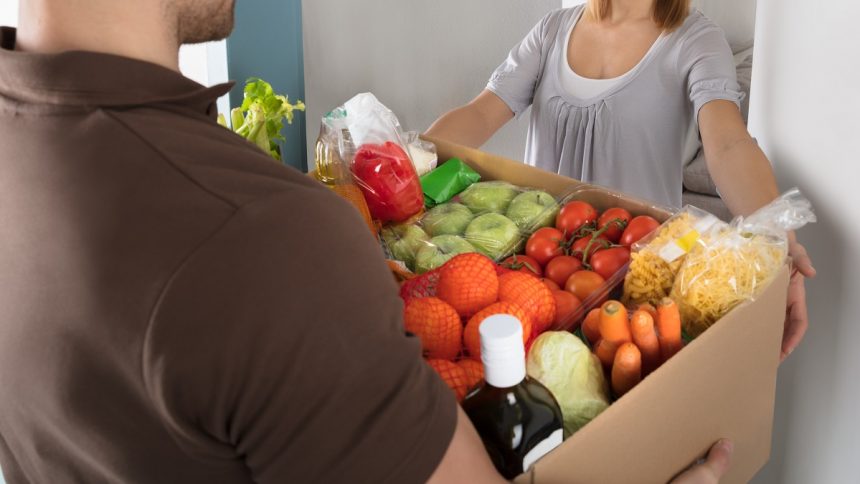With the rise of online shopping during the pandemic, including for groceries, many are considering the environmental impact of continuing to have groceries delivered. Statista reports that 40.5% of Americans will purchase groceries online this year, generating $195.40 billion in revenue in home delivery services.
The question arises: is grocery delivery more environmentally friendly than traditional store visits? A 2019 study by the University of Michigan Center For Sustainable Systems found that ordering groceries online reduces carbon emissions by approximately 33% compared to traditional shopping. However, the sustainability of delivery services depends on their design and management.
The Shift Towards Home Delivery
While grocery delivery has gained popularity during the pandemic, the impact on the environment varies. Direct delivery from a fulfillment center can eliminate retail inefficiencies present in supermarkets, such as overstocking and excessive energy consumption.
Warehouse vs. Supermarket
Traditional supermarkets are energy-intensive and generate significant food waste. Direct delivery from a fulfillment center can reduce the environmental impact by cutting down on transportation emissions and excessive food storage.
Last Mile Impacts
Last mile delivery can impact emission levels and waste generation. Micro-fulfillment centers located close to consumers offer a more sustainable option, potentially reducing emissions between 17% and 26%. Smart routing and consolidation through AI technologies can further enhance delivery efficiency.
Considerations for environmental and ethical factors related to delivery drivers are crucial. Companies transitioning to electric delivery vehicles, like Amazon’s deployment of 15,000 electric vans, are making strides towards greener delivery options.
Which Is Better?
Determining the environmental impact of grocery delivery versus store visits depends on various factors, such as delivery sources, modes of transport, and packaging materials. Regardless of the method, striving for sustainability in your shopping habits can make a positive impact.
Remember, your shopping choices can contribute to sustainability, whether online or in-store. Consider factors like transportation efficiency, packaging materials, and delivery methods when making your decisions.
Editor’s Note: This article was originally published on May 19, 2021 and was updated in September 2024.






